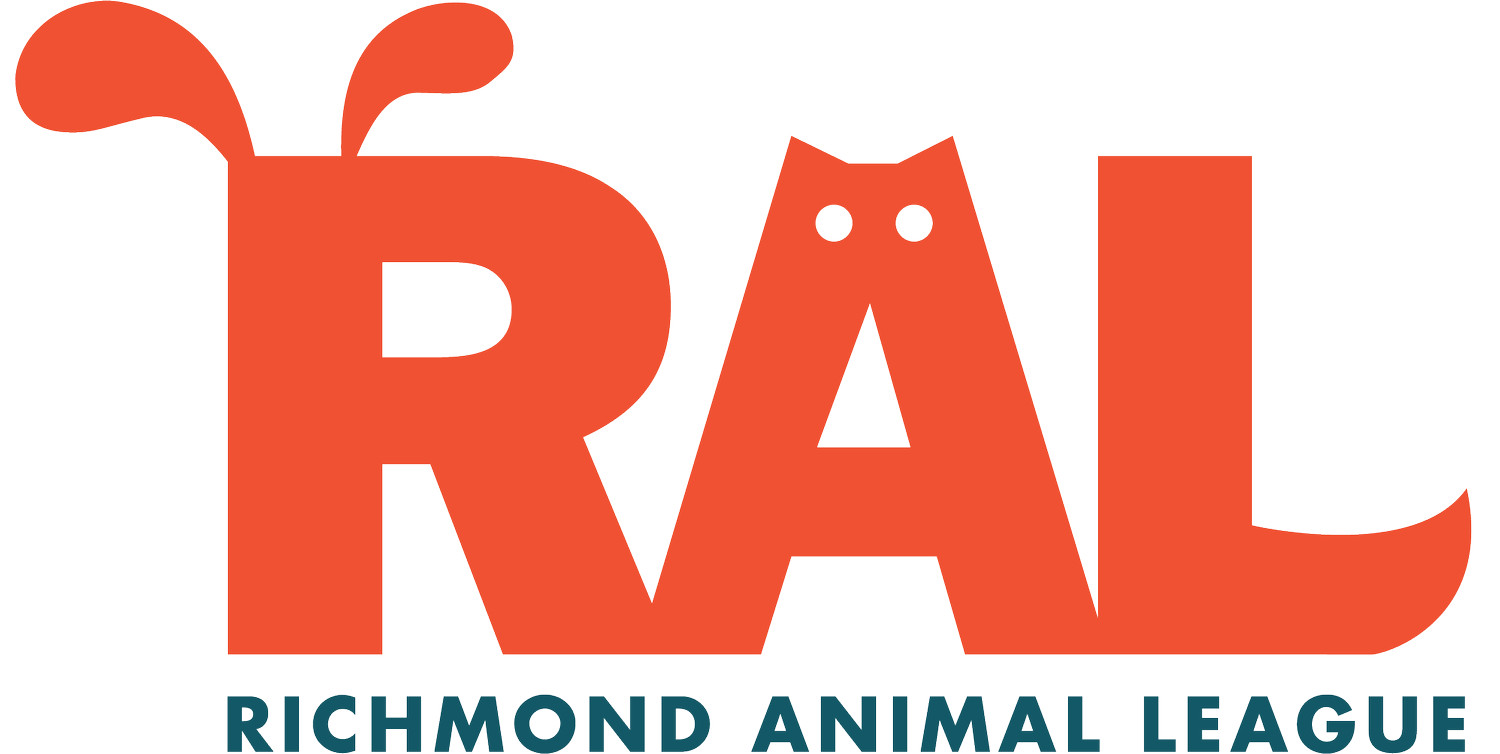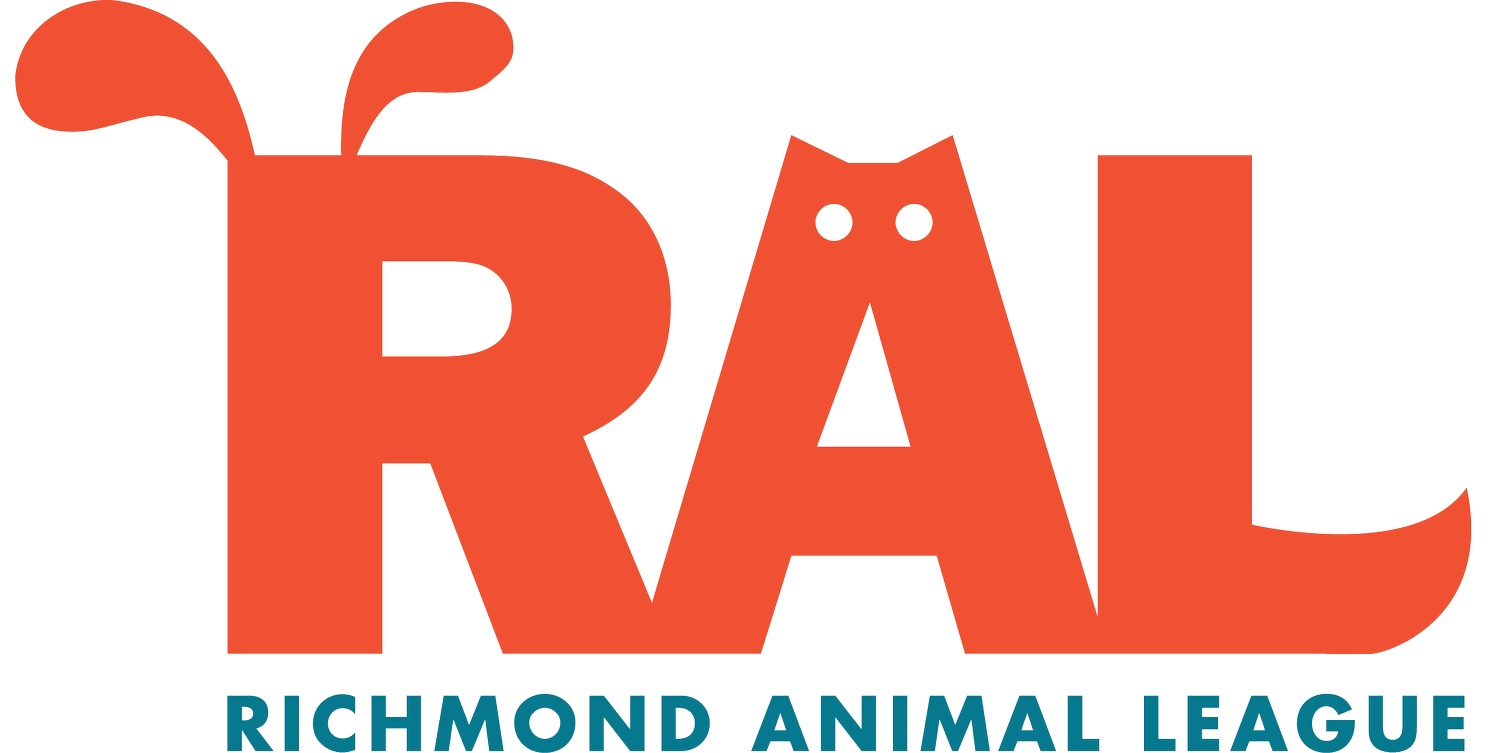Canine Parvovirus (Parvo)
What is Canine Parvovirus (Parvo)?
Canine Parvovirus, commonly known as Parvo, is a highly contagious viral disease that can lead to severe gastrointestinal symptoms in dogs, particularly puppies. The virus attacks rapidly dividing cells in a dog’s body, primarily affecting the intestinal tract, leading to vomiting, diarrhea (often bloody), and severe dehydration. It can also impact the bone marrow and the heart. Parvo is extremely resilient and can survive in the environment for extended periods, making it difficult to eradicate. Fortunately, there is a highly effective vaccine that is included in the routine canine vaccination schedule.
During the early stages of infection, Parvo is present in large quantities in all secretions and excretions of infected dogs, including saliva, vomit, and feces. The virus can be shed before symptoms appear and for up to several weeks after recovery. Dogs become infected by ingesting the virus, either through direct contact with an infected dog or exposure to contaminated environments such as kennels, dog parks, or even on people's shoes.
Symptoms and Progression
Parvo primarily affects puppies between 6 weeks and 6 months old, though unvaccinated adult dogs are also at risk. Symptoms typically begin 3 to 10 days after exposure. Initial signs often include lethargy, loss of appetite, and fever. As the disease progresses, more severe symptoms like persistent vomiting and diarrhea develop, which can lead to life-threatening dehydration and electrolyte imbalances.
In some cases, Parvo can cause myocarditis (inflammation of the heart muscles), particularly in very young puppies, which may lead to sudden death.
The duration of the illness varies, but without treatment, it can be fatal within 48 to 72 hours of the onset of symptoms. Prompt veterinary care is critical.
Diagnosis and Treatment
Parvo is diagnosed based on clinical signs and laboratory tests, such as a fecal ELISA test that detects the virus in the stool. Treatment typically involves hospitalization, where affected dogs receive intensive care, including intravenous fluids, electrolytes, anti-nausea medications, and antibiotics to prevent secondary infections. Supportive care is vital, as there is no specific antiviral treatment for Parvo. With aggressive treatment, many dogs can recover, but the prognosis is poorer for those that receive delayed or inadequate care.
Prevention
The best way to protect your dog from Parvo is through vaccination. Puppies should begin receiving a series of vaccinations at 6 to 8 weeks of age, followed by boosters every 3 to 4 weeks until they are about 16 weeks old. Adult dogs should receive regular booster shots as recommended by your veterinarian.
In addition to vaccination, practicing good hygiene is crucial. Disinfect areas where an infected dog has been with a bleach solution (1 part bleach to 30 parts water), as common household cleaners may not be effective against Parvo.
What Can Dog Owners Do to Prevent Parvo?
Ensure your dog is up to date on vaccinations, including the canine parvovirus vaccine.
Avoid bringing unvaccinated puppies or dogs into areas where Parvo may be present, such as dog parks or kennels.
Be cautious about exposing your puppy to other dogs until they have completed their full vaccination series.
Contact your full-service veterinarian immediately if your dog shows signs of illness.
For more information about Parvo, you can visit the American Veterinary Medical Association (AVMA) or the Merck Veterinary Manual.

